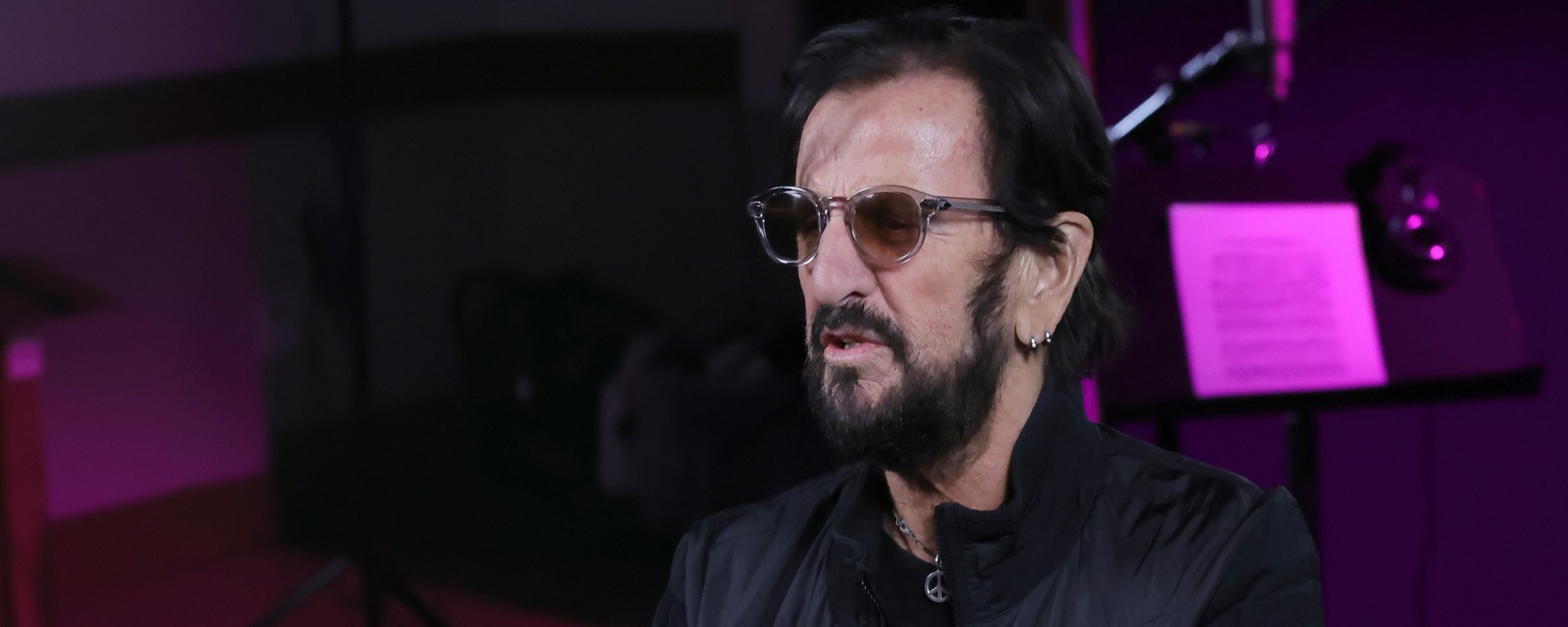Unless they’d spent time in a recording studio, most music fans had no idea who Rupert Neve was before Dave Grohl made his 2013 documentary, Sound City. But to audio engineers, record producers and artists who recorded career-making albums through his analog mixing boards, he was a rock star. Neve, known in the audio world as “the father of the recording console,” passed away Friday, Feb. 12, in Wimberley, Texas, his family announced Saturday. He was 94. According to an obituary posted on his website, the cause of death was non-Covid-related pneumonia and heart failure.
When I visited five iconic Austin recording studios for a story in 2009, the word each owner spoke with reverence was “Neve.” To have a Neve board, especially one with some legend attached, was almost a measure of the studio’s worthiness. That’s why Grohl rescued the 8028 console when its home, Sound City Studios in Van Nuys, California, closed in 2011; the Foo Fighters founder’s previous band, Nirvana, had recorded Nevermind on it. That board also tracked Neil Young’s After the Gold Rush, Fleetwood Mac’s Rumours, Tom Petty’s Damn the Torpedoes, War’s Why Can’t We Be Friends and many other pop and rock classics.
Videos by American Songwriter
I first met Neve during South By Southwest 2013, the same year Grohl brought his documentary to the festival. Neve had moved from his native England to Wimberley, outside of Austin, in 1994, and started Rupert Neve Designs, which custom-built recording consoles and developed new audio products. (He had to label this company differently than his previous Neve operation after selling rights to the name when he sold that company.) When Blue Rock Artist Ranch and Studio opened nearby in 2006, it served as a testing facility for some of Neve’s creations. The owners also had recently purchased a custom-designed Neve 5088 console. Neve came for a ceremonial signing of his work, witnessed by members of the Recording Academy’s Texas Chapter Producers & Engineers Wing.
That group included some world-renowned producers and engineers, and every one of them practically bowed down in deference to the master in their midst—who, remarkably, was self-taught. Neve is not only credited with major advancements to the recording process, including placing equalizers on each channel of a mixing console and creating the first moving fader system, he also revolutionized the listening experience by designing the first bookshelf speakers.
Their awe was understandable; being around Neve felt like being in a room with George Martin—who purchased a lot of Neve’s creations in the ‘60s and ‘70s. It was such an honor to interview Neve a few months later for the Grammy website, and an even bigger honor to write the program bio for his 91st birthday bash, hosted by the Texas Chapter in 2017.
Neve became the third recipient of the Recording Academy’s Technical Grammy Award, a special merit award, in 1997, and in 1999, Studio Sound magazine gave him their Audio Person of the Century Award.
Yet, despite his monumental achievements in sound technology, Neve was one of the most humble men I’d ever met—and the definition of a British gentleman. Though he and his wife, Evelyn, had become American citizens in 2002, he would never lose his crisp enunciation of the Queen’s English—or his sonorous, evenly modulated voice. Nearly 87 when I visited him, he depended on a cane, but remained involved in his company’s day-to-day operations, and was doing research about how people perceive sound and how that affects their moods.
He still oversaw his company’s operations at 91. At his birthday party, it was clear he’d slowed down, but he was not frail. In fact, he was still quite sharp and witty, and delighted with his birthday cake — an almost full-scale replica of his famed 5088 mixing console.
When I asked him which achievements ranked as his proudest, he responded, “It’s hard to enumerate without sounding boastful, but really, the thing that I’m proudest of is the fact that people are still using designs of mine which started many years ago, and which, in many ways, have not been superseded since. Some of those old consoles are really hard to beat in terms of both recording quality and the effects that people today will get when they make recordings.”
It wasn’t boasting; it was fact, reinforced by the aforementioned accolades and many others.
Born in England and raised in Argentina, Neve began repairing radios as a hobby when he was about 13. Within a couple of years, he began selling home radios he built from scratch during early World War II, when manufactured radios were impossible to come by but parts were not. While filling a niche for a news-hungry populace, he explored ways to improve his product—particularly its sound.
After serving in the war, Neve returned to England, where he outfitted a van and began providing sound and recording services for public addresses, choral groups and other sound creators. Cutting directly to 78rpm acetates, he recorded Winston Churchill’s campaign speeches for his son, then a British Parliament candidate, and addresses by then-Princess Elizabeth, now Queen Elizabeth II.
Upon beginning his nearly 70-year marriage Evelyn Collier, Neve furthered his education in audio design and manufacturing by working at Rediffusion, which evolved from carrying radio and TV signals to owning them, then Ferguson Radio Corp. (now Ferguson Electronics). He became chief engineer at a company that manufactured transformers and loudspeakers, but when they lacked interest in manufacturing his smaller-sized ones, he left to start his own company. In 1960, he built his first mixing console for an Irish composer, and in 1961, Neve and his wife launched Neve Electronics—and 60 years of audio innovations.
While christening that Blue Rock board in 2013, Neve reaffirmed his allegiance to analog sound. Comparing it to a painting—”a thing of beauty”—he said, “Digital is cut-and-dried. It’s very correct, very analytical. It can be very good, but it will never produce the finer nuances that analog does.”
Legions of recording engineers and artists who have repopularized analog recording in recent years would agree.
In addition to his wife, Neve is survived by five children, nine grandchildren and five great-grandchildren.












Leave a Reply
Only members can comment. Become a member. Already a member? Log in.